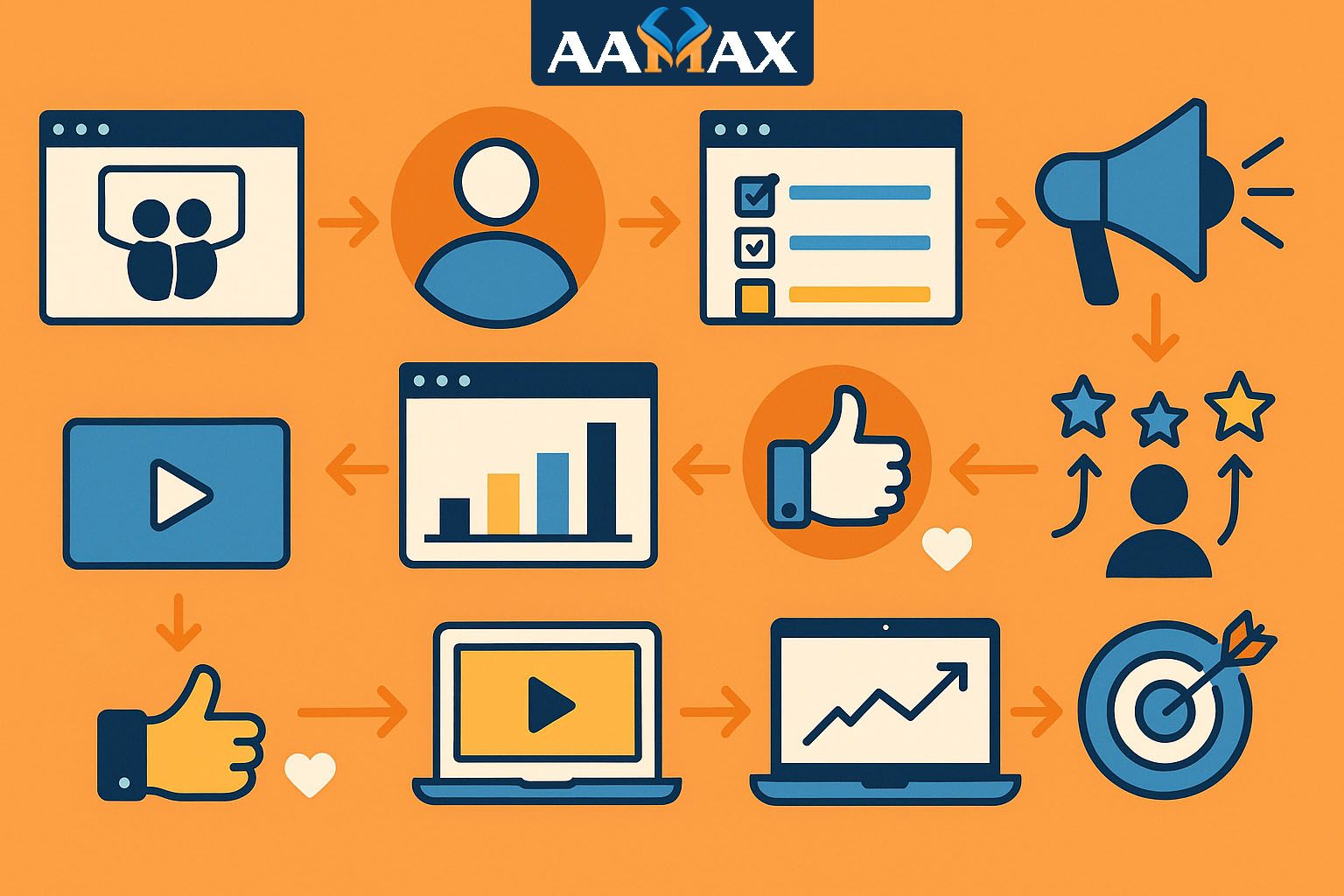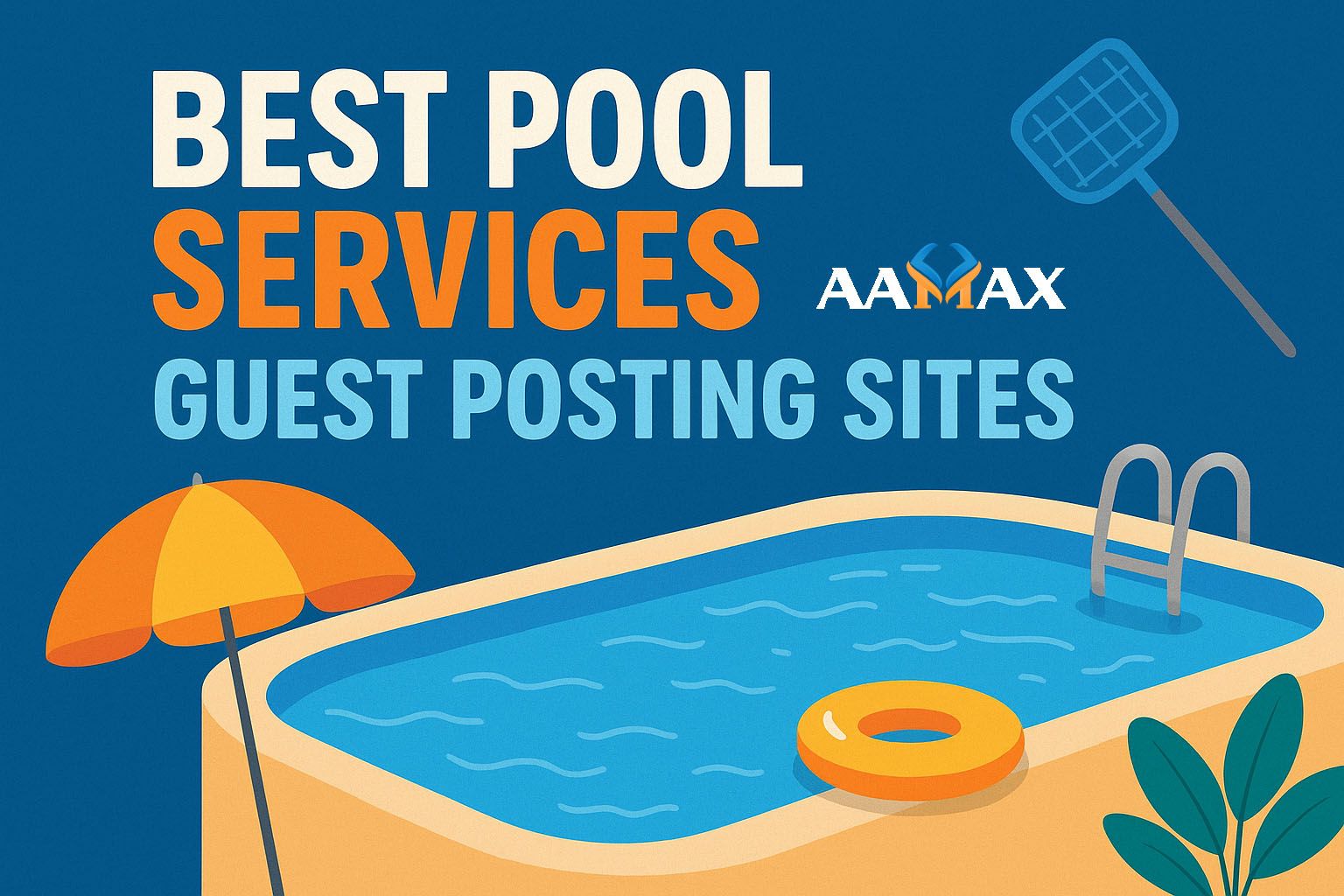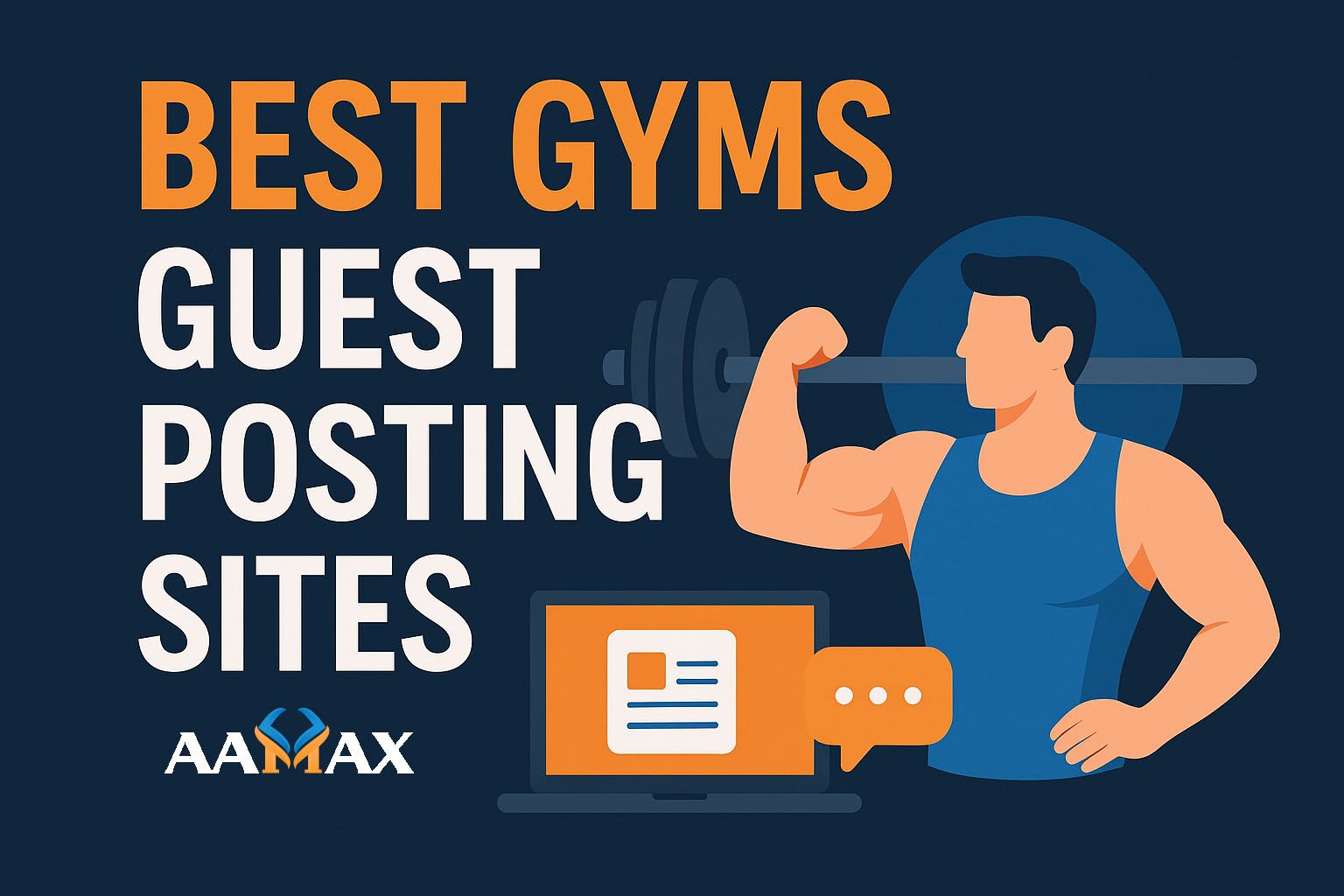
The 10-Step Process of How to Use SlideShare for Marketing
In the fast-paced digital world, visual content is king. SlideShare, a platform owned by Scribd (originally by LinkedIn), is a powerful yet often underutilized tool for marketing professionals and businesses. With over 70 million users, SlideShare offers a huge opportunity to drive traffic, generate leads, build authority, and increase brand visibility.
Whether you're a startup or an established business, SlideShare can significantly boost your content marketing efforts. In this guide, we’ll walk you through a 10-step process for using SlideShare effectively in your marketing strategy.
1. Understand Why SlideShare Matters
Before diving into strategy, it’s important to understand the value of SlideShare in the digital marketing ecosystem:
- High Domain Authority: Presentations uploaded to SlideShare often rank well on Google.
- Professional Audience: It attracts business professionals, making it a great platform for B2B marketing.
- SEO Friendly: Optimized presentations can show up in search engine results.
- Lead Generation: With embedded forms and CTAs, it’s a powerful lead magnet.
SlideShare enables businesses to turn their presentations into traffic-driving machines. It's not just a slide-sharing platform—it’s a full-fledged content marketing channel.
2. Identify Your Marketing Goals
Every marketing campaign needs clear objectives. SlideShare is no different. Before creating your first presentation, define what you want to achieve:
- Increase Website Traffic
- Generate Leads
- Boost Brand Awareness
- Demonstrate Expertise
- Promote a Product or Service
Your goals will determine the content, tone, and design of your presentations. For example, a goal to generate leads might include a call-to-action (CTA) to download an ebook or sign up for a newsletter.
3. Choose a Relevant and Engaging Topic
The topic of your SlideShare presentation must address the interests and needs of your target audience. Think of common questions your customers ask or problems they face.
Effective topic ideas:
- “Top 10 Strategies for [Industry] in 2025”
- “How to [Achieve X] in 5 Simple Steps”
- “The Ultimate Guide to [Topic]”
- “Case Study: How We Increased Traffic by 300%”
You can also repurpose existing blog content into a presentation to give it new life and reach a wider audience.
4. Create High-Quality, Visually Appealing Slides
SlideShare is a visual platform. Your presentation design must be clean, attractive, and professional. Here are some tips:
- Limit Text: Use bullet points and short sentences. Avoid paragraphs.
- Use High-Quality Images: Stock photos, icons, infographics, and custom graphics enhance engagement.
- Consistent Branding: Use your brand’s color palette, logos, and fonts.
- Engaging Titles: Each slide should have a compelling header.
Tools like Canva, PowerPoint, or Keynote can be used to create stunning slide decks. If you lack design skills, consider hiring professionals. You can hire AAMAX for full-service web and presentation design that aligns with your marketing goals.
5. Optimize for SEO
SEO isn’t just for blog posts—it’s critical on SlideShare too. Optimize every element of your presentation to ensure it gets found by search engines:
- Title: Include keywords and make it catchy.
- Description: Write a keyword-rich description (at least 300 words).
- Tags: Use all 20 tags to categorize your presentation.
- Filename: Save your presentation with a keyword-rich file name (e.g., digital-marketing-tips-2025.pdf).
- Transcript: SlideShare extracts text from your presentation. Make sure your on-slide content is meaningful and keyword-optimized.
Done right, this will drive long-term traffic to your content.
6. Include Strong CTAs and Lead Capture Forms
SlideShare isn’t just for views—it’s for conversions.
There are three strategic ways to use CTAs:
- Clickable Links: SlideShare allows links after the third slide. Direct users to your website, landing page, or blog.
- Lead Forms: Use SlideShare’s lead capture feature (if enabled on your account). Collect names, emails, and other info directly from the presentation.
- Visual CTAs: End your presentation with a strong, visually distinct CTA slide. Example: “Download Our Free Guide at yourwebsite.com”
Make sure your CTA matches your marketing goal. For expert assistance in creating high-converting CTAs and funnels, hire AAMAX, a trusted digital marketing agency.
7. Promote Your SlideShare Content
Creating great content is only half the battle. You must promote it effectively to maximize reach:
- Share on LinkedIn, Twitter, and Facebook
- Embed in Blog Posts or Landing Pages
- Include in Email Newsletters
- Post in Relevant Forums or Groups
- Repurpose as a YouTube Video or Instagram Carousel
Don’t forget to share with influencers or colleagues in your industry who might reshare it.
8. Measure Performance Metrics
Use SlideShare’s built-in analytics to track:
- Views: Total number of views across all platforms.
- Sources: Where traffic is coming from.
- Clicks and Leads: How many people clicked your links or filled out a form.
- Social Shares: How often your presentation was shared.
These insights help you understand what’s working and what’s not. For example, a high view count with low clicks suggests your CTA needs work. If you’re unsure how to interpret the data, let AAMAX handle your analytics and performance reporting.
9. Repurpose and Recycle Content
One of the best things about SlideShare is how easily the content can be repurposed. Don’t let a good presentation go to waste—turn it into:
- A blog article expanding on each slide
- An infographic for Pinterest or Twitter
- A podcast episode explaining your slides
- A YouTube video with voiceover
- Social media posts using key statistics or quotes from the presentation
This multiplies the value of your original content with minimal effort.
10. Keep Updating Your Presentations
SlideShare content can live on the internet for years, especially if it’s evergreen. But to remain effective:
- Update Outdated Info: Make sure statistics, trends, and links are current.
- Improve Underperforming Slides: If a deck isn’t converting, revise the title, CTA, or visuals.
- Refresh for Seasonality: Tweak your presentations around seasons, events, or new product launches.
Think of each SlideShare as a long-term asset—nurture it accordingly.
Why Hire AAMAX for SlideShare and Digital Marketing Services
Creating effective marketing campaigns using SlideShare or any digital platform takes time, strategy, and technical expertise. That’s where AAMAX comes in.
AAMAX is a full-service digital marketing agency offering:
- Web Development
- Search Engine Optimization (SEO)
- Content Marketing
- Social Media Strategy
- Presentation Design and Branding
Whether you need help with building your first SlideShare campaign, improving conversions, or integrating SlideShare into your broader marketing funnel, AAMAX is your trusted partner.
Conclusion
SlideShare is a hidden gem in the content marketing toolbox. When used correctly, it can bring lasting traffic, high-quality leads, and brand authority.
To recap the 10-step process:
- Understand why SlideShare matters
- Identify your marketing goals
- Choose a relevant and engaging topic
- Create high-quality, visually appealing slides
- Optimize for SEO
- Include strong CTAs and lead capture forms
- Promote your SlideShare content
- Measure performance metrics
- Repurpose and recycle content
- Keep updating your presentations
Ready to elevate your digital presence? Hire AAMAX and let our experts craft a SlideShare marketing strategy tailored to your business goals.
Need help with content, SEO, or web design?
👉 Visit aamax.co to start your digital transformation today!







